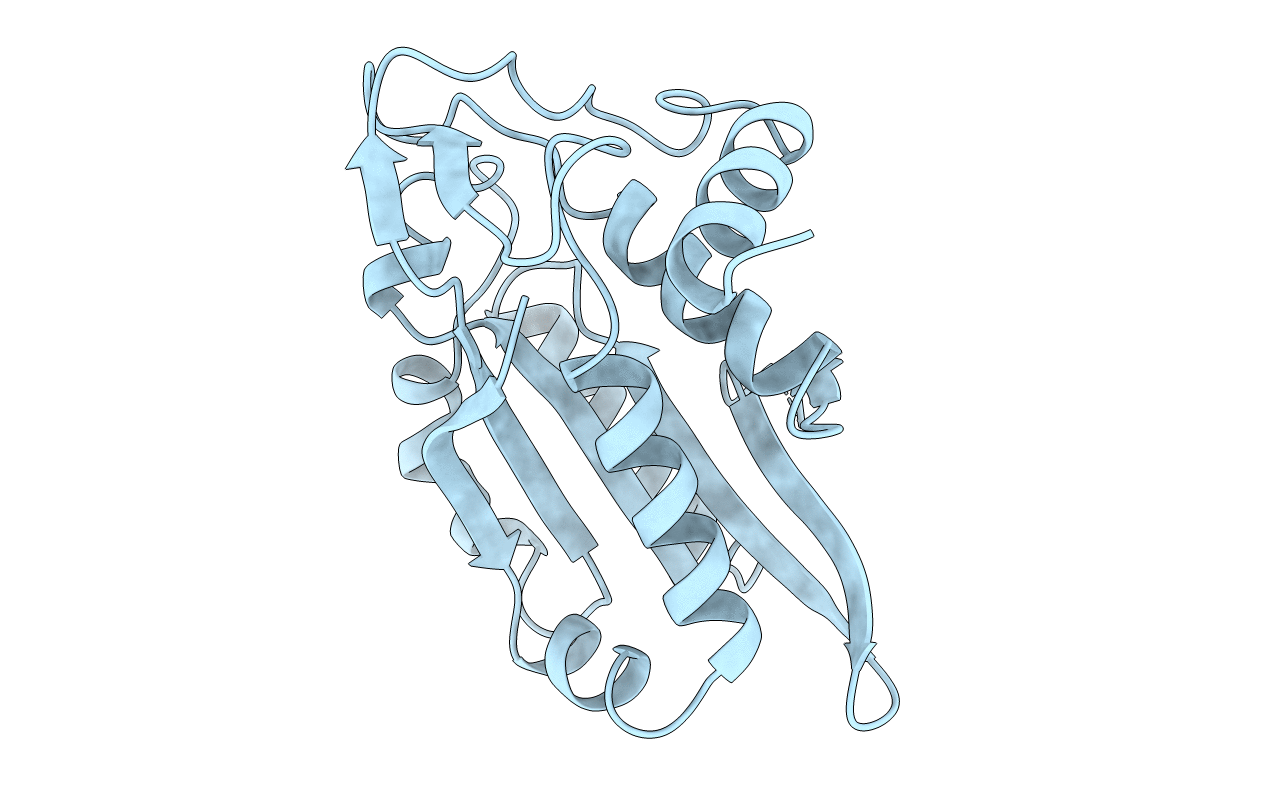
Deposition Date
1994-12-28
Release Date
1995-02-27
Last Version Date
2024-02-07
Entry Detail
PDB ID:
1BAM
Keywords:
Title:
STRUCTURE OF RESTRICTION ENDONUCLEASE BAMHI PHASED AT 1.95 ANGSTROMS RESOLUTION BY MAD ANALYSIS
Biological Source:
Source Organism:
Bacillus amyloliquefaciens (Taxon ID: 1390)
Method Details:
Experimental Method:
Resolution:
1.95 Å
R-Value Work:
0.19
R-Value Observed:
0.19
Space Group:
C 1 2 1


